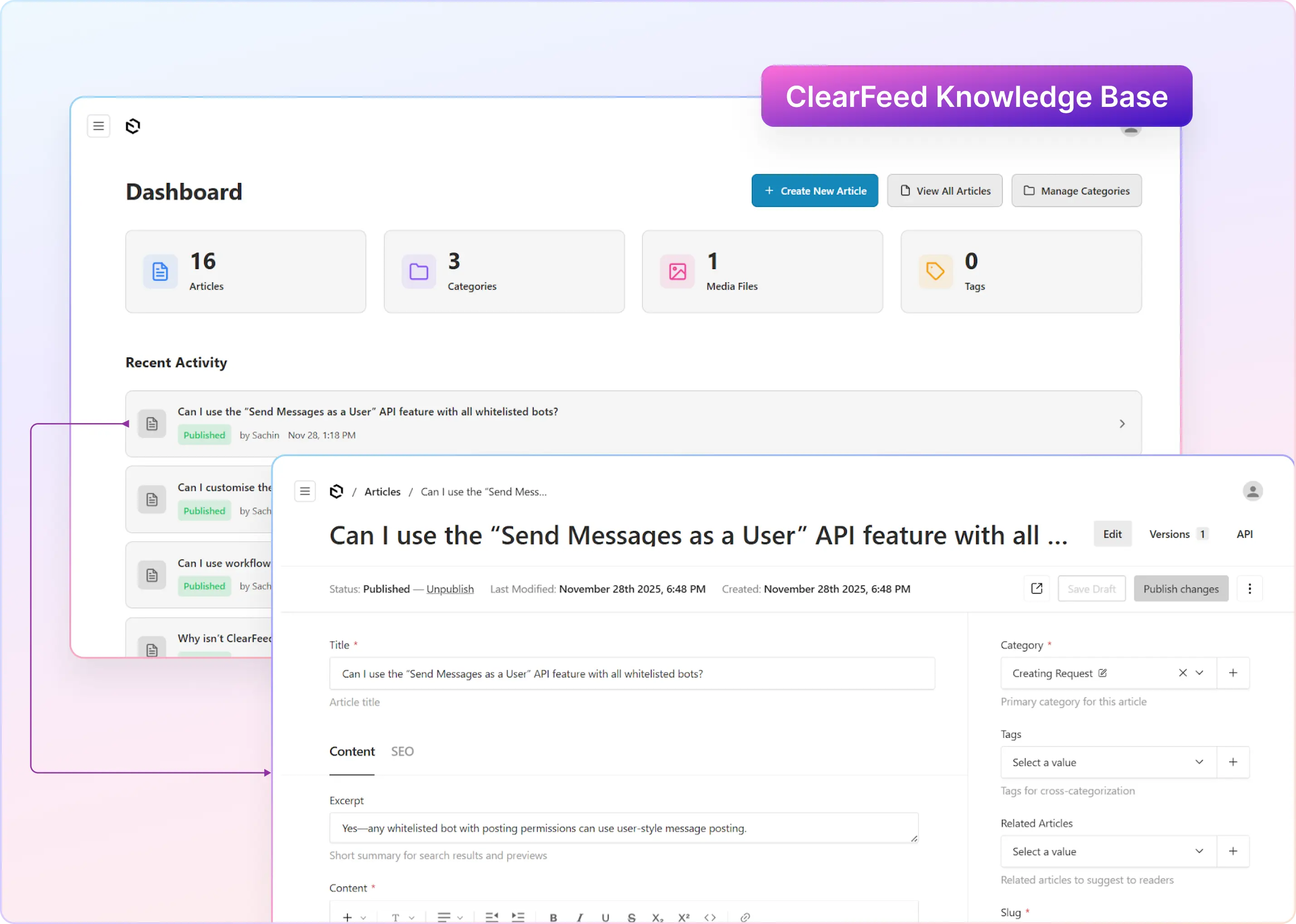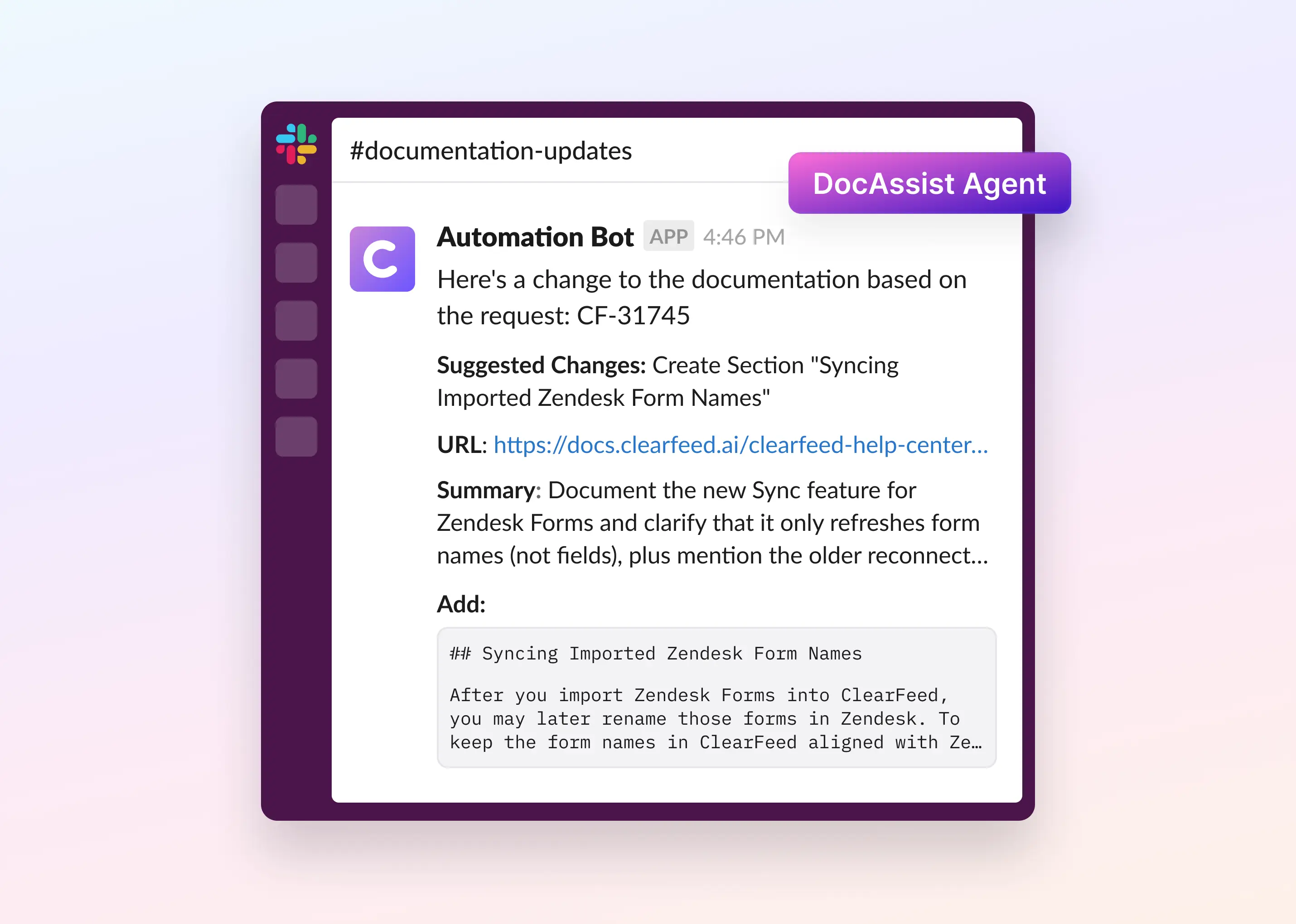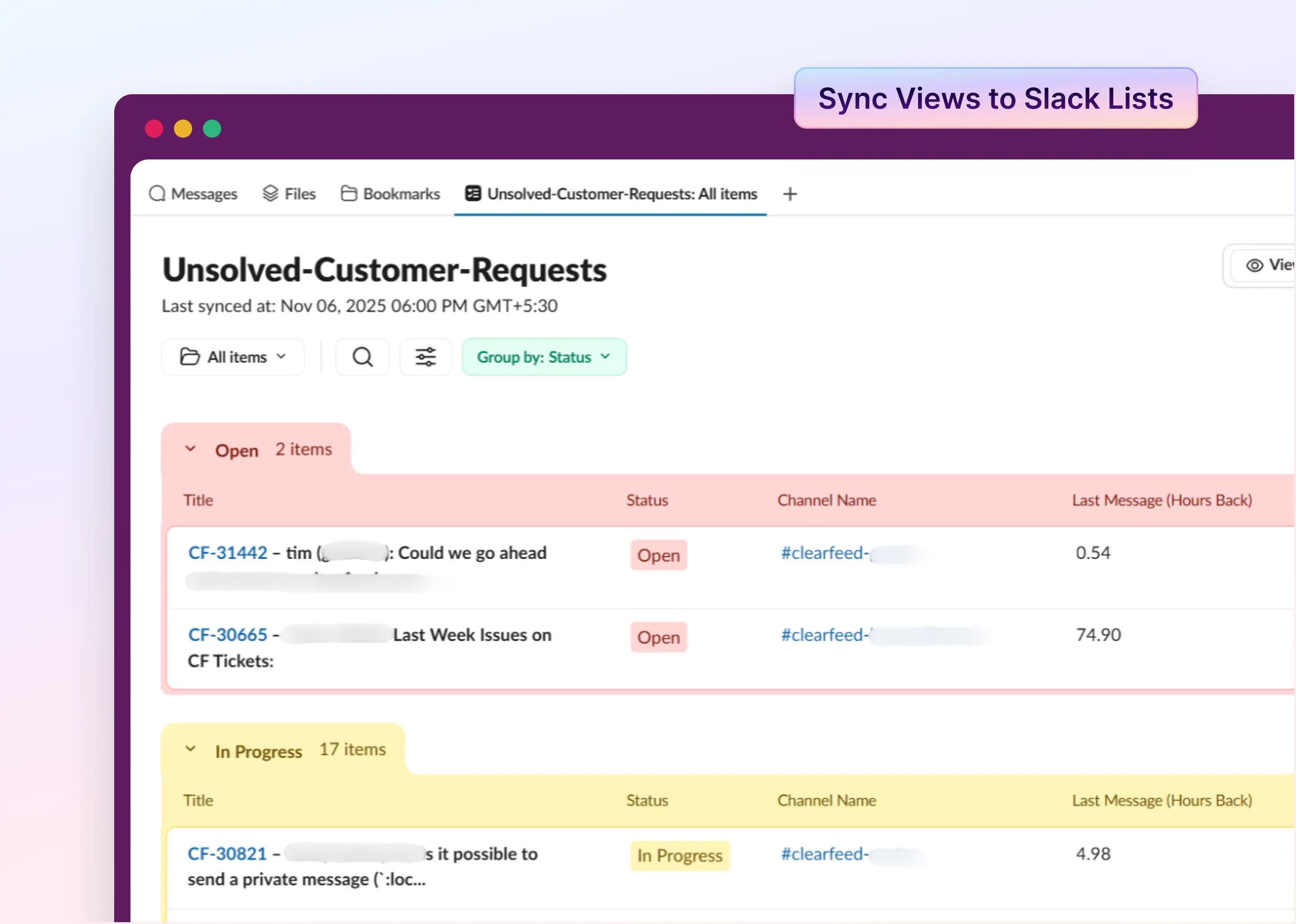A Service Level Agreement (SLA) is a critical contract that, if breached, can result in significant negative impacts and potentially lead to costly consequences. Its primary purpose is to ensure that service providers meet or exceed their obligations concerning service quality, capacity, performance, security, and response times, where applicable.
This article will explore the topic of SLA breaches, specifically in the context of customer support, and outline several straightforward yet effective strategies for prevention. Every member of a support team must be mindful of the SLA's existence and fully understand its implications.
What Is a SLA Breach?
Service Level Agreements (SLAs) establish the standards and timeframes that support teams must adhere to. A breach occurs when these outlined obligations aren't met, damaging customer trust and loyalty.
SLA breaches can be categorized into several types:
Customer-Based SLA Non-compliance: This refers to situations where a business fails to meet the individualized service levels agreed upon with an individual customer or group. These breaches occur when customer demands exceed the services specified in the SLA or the business fails to deliver on agreed service levels.
Service-Based SLA Non-compliance: This involves breaching a service provider's general commitments towards all customers, such as uptime guarantees or data storage practices. It occurs when the provider fails to meet contractually obligated standards.
Multi-Level SLA Non-compliance: This breach refers to non-adherence to tiered support agreements, typical in IT sectors. It happens when a provider breaches specific agreements about each level of support; for instance, not meeting enhanced response times or not providing bespoke support for premium or VIP tiers.
What Happens When an SLA Is Breached?
The answer to this question is below:
- Business Disruption: When the service level defined in the SLA is not met, it could lead to hindrances in the normal operations of the business. For example, suppose the SLA states a resolution time of 24 hours for a specific issue, and it's not resolved in the specified time. In that case, this delay might affect the workflow and cause business interruption, leading to a potential loss in productivity.
- Decrease in Employee Productivity: When an SLA breach occurs, the team might be required to allocate additional resources or prioritize tasks to fix the issue. This can deviate the team's focus from their regular tasks, thereby affecting their productivity.
- Customer Loss and Decreased Revenue: Frequent SLA breaches can diminish customer satisfaction levels, which may prompt some customers to reconsider their relationship with the business. These unhappy customers might discontinue services, leading to a drop in the company's revenue.
- Damaged Reputation: The reputation of a company plays an essential role in its growth and sustainability. When SLA violations happen often, it could tarnish the company's reputation, making it difficult to maintain existing customer relationships and bring in new customers. This tarnish can lead to a loss in customer trust, further affecting business growth.
How to Calculate SLA Breach?
The precise method of calculating an SLA breach may vary based on the specifics of the SLA, including the scope of the covered support services and the terms and conditions agreed upon. Hence, the initial step in measuring an SLA breach should always be a careful review of the terms set out in the agreement.
For example, calculating the % of First Response SLA breaches involves determining how often the first response to a request or ticket exceeded the agreed-upon time frame specified in the SLA. Here's a step-by-step guide:
- Understand and write down the specific First Response SLA terms. This includes the agreed-upon time frame for providing the initial response to a request.
- Collect the necessary data to understand when requests were received and when the first response was provided. Filter this information to include only the requests or tickets that fall under the scope of the First Response SLA.
- For each request, determine if the first response was provided within the specified SLA time frame. If not, calculate the duration of the breach (i.e., the amount of time by which the response exceeded the SLA).
- Count the number of requests where the first response breached the SLA and the total number of requests that were subject to the First Response SLA. Now, divide the number of breaches by the total number of requests. Then, multiply by 100 to get the percentage. E.g., % of First Response SLA Breaches = (Number of Breaches / Total Requests) * 100
How to Avoid an SLA Breach?
Sometimes, support teams don’t have any control over SLA breaches. However, those situations are rare. In most cases, if your support team has a dedicated process to prevent SLA violation, you can easily avoid it. Below are some prevention strategies:
1. Develop an Omnichannel Customer Experience Strategy
An SLA breach often happens as support teams constantly switch between multiple applications, such as Slack for communication and Zendesk for ticket management. It can occur when these two platforms aren't integrated properly.
For instance, an agent might receive a crucial message on Slack regarding an urgent ticket but overlook it amidst the barrage of incoming messages. As a result, the ticket's response or resolution time exceeds the set SLA, leading to a breach. Thus, seamless integration between such platforms is critical to improve efficiency and adhere to SLAs.
Sidenote: A practical solution is using tools like ClearFeed. Integrating seamlessly with ticketing systems like Zendesk or Freshdesk within Slack eliminates the need to switch apps constantly. This ensures timely status updates and customer communication, thus avoiding potential SLA breaches.
2. Develop a Robust Review Process
Conduct a comprehensive review of previous instances where your team failed to meet the SLAs. This could include delayed resolution times, not meeting response times, or not satisfying the agreed support quality. Analyzing the causes behind such breaches is critical. It could involve inadequate resources, communication gaps, technical glitches, or internal operational inefficiencies.
Use the insights from the previously analyzed SLA breaches to critically reassess and enhance your existing processes. You can identify and address areas of your process that slow workflow or cause delays. These could be manual tasks that could be automated or approval stages that may be redundant or can be expedited.
Further, by implementing time-saving tools, streamlining workflows, or adopting strategies that maximize resources and minimize effort, you can increase the productivity of your operations, thereby reducing the likelihood of future SLA breaches.
3. Create Operational Level Agreements (OLAs)
Operational Level Agreements delineate different internal teams' roles, responsibilities, and expectations. When one team's task depends on another team's output, OLAs become particularly crucial when there are internal dependencies. They define processes, timelines, and goals between internal teams, which can help prevent bottlenecks, that is, delays or interruptions in the workflow.
By clarifying what support teams can expect from each other, OLAs can indirectly help meet SLAs. They ensure smoother internal operations, allowing the organization to provide better external service as promised.
Note: With ClearFeed, escalation of tickets to the Sales Engineering and Product teams becomes smoother, tracking these actions is more organized, and refining the existing OLAs is more achievable. Learn more about it here.
4. Set Data-driven and Realistic SLAs
Create SLAs that benefit all parties involved. The terms set in the agreement must be feasible to execute. They should reflect what the service provider can realistically provide given the available resources such as staff, technology, and time. For example, if the service team works 9 AM - 5 PM, guaranteeing 24/7 instant support would not be practical.
The SLA must be clear and easily understandable to avoid ambiguities and misunderstandings. All clauses, conditions, terminologies, and obligations should be spelled out. For instance, if the SLA mentions "response time," it should clarify whether this means the time taken to acknowledge a customer complaint or resolve the issue completely.
Whatever metrics or standards are set in the agreement must be measurable. This allows the service performance to be tracked, monitored, and reported objectively. For example, if the SLA specifies a system uptime of 99.9%, the uptime performance can be measured and compared with this benchmark to see if the provider is meeting the SLA.
ClearFeed Works with Customers to Help Ensure SLA Compliance
ClearFeed has a unique approach to SLAs. We work with customers to help ensure that agreements are being managed properly. Our AI-driven support platform lets you see how service levels are performing and where improvement can be made. Additionally, we’ve developed several features that allow our customers to manage their SLAs easily. These features include
SLA Dashboard – ClearFeed Insights helps users monitor the performance of their customer support on Slack-based helpdesks. Key SLA-related metrics include First Response Time, Closure Time and First Contact Resolution Time.
The metrics take into account business hours defined by the support team. For each such metric - users can see the breach percentages computed against their SLA definitions. SLAs can be defined differently for different categories of customers. Users can analyze these metric in detail based on different dimensions:
- Customer: Reviewing breach percentages by individual Slack channels (dedicated to individual customers) can reveal areas where issues are more concentrated, allowing for targeted process improvements or resource allocation.
- Request Priority: Examining First Response SLA breaches by request priority allows users to understand how well their support team handles the most critical inquiries, helping ensure high-priority requests receive timely responses.
By tracking and analyzing this metric, users can identify patterns and areas for improvement in their support process, work to minimize SLA breaches, and ultimately enhance customer satisfaction.

SLA Automated Alerts – This functionality alerts users via Slack in real-time whenever there's an imminent SLA breach, ensuring immediate awareness and prompt action. In addition, it provides summary overviews of pending tasks that need resolution. This helps prioritize the workflow and facilitates quicker issue resolution, enhancing SLA compliance and reducing the likelihood of further breaches.
SLA Management – The feature allows you to personalize your service-level policies based on key factors to optimize SLA management:
- First Response Time: Customize policies based on the time it takes your support team to first respond to a customer inquiry, helping to ensure timely initial communication.
- Closure Time: Tailor your SLAs based on the time it takes to resolve a customer issue completely, aiming to guarantee swift problem resolution.
- One Touch Resolution: Adapt policies based on the capability to resolve issues in a single interaction, fostering effective and efficient service.
This customization helps ensure that the SLAs align with your service capabilities and objectives, improving overall customer satisfaction.

In addition, ClearFeed’s SLA management feature enables continuous tracking of pivotal customer support metrics and operations of workflows, even during holidays. This enhances service delivery by ensuring that necessary support is always available, potential bottlenecks are swiftly identified, and SLA compliance is optimized.

Interested in learning more about ClearFeed and how its features can empower businesses to scale their support while enhancing customer experience? Book a demo with us.



.webp)













